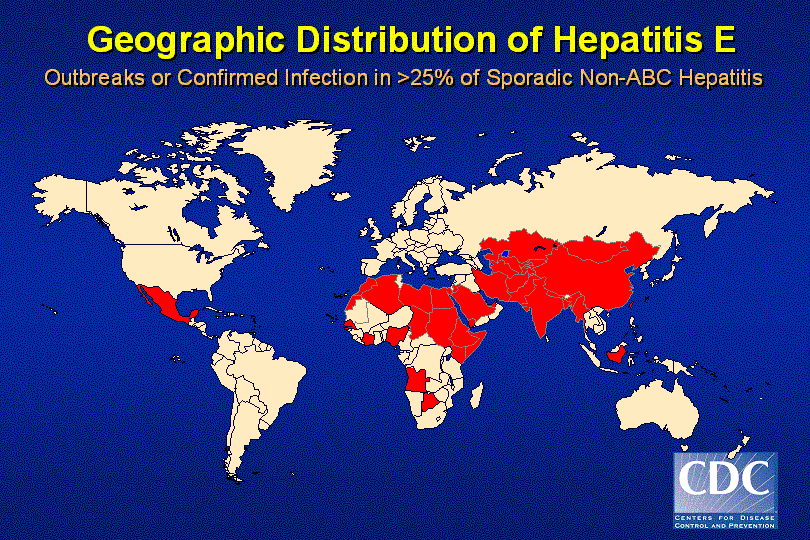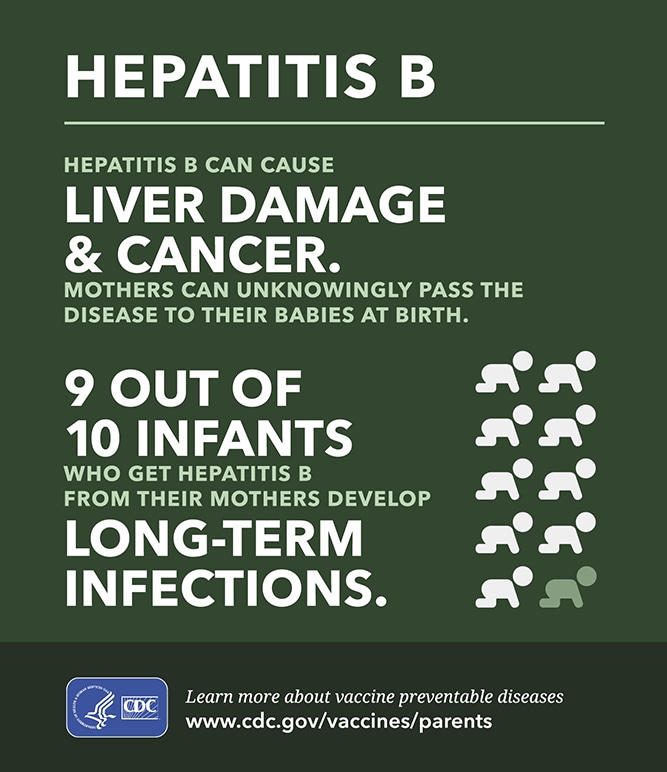

The researchers emphasize that hepatitis A can be prevented through vaccination. In contrast, there were 1,398 cases reported in 2011 and 1,390 in 2015. Most cases occurred in white men ages 30 to 49. "Before the introduction of hepatitis A vaccines…transmission was driven largely by spread from asymptomatically infected children, and hepatitis A disproportionately affected racial and ethnic minority populations,” the researchers wrote.īetween 2016 to 2020, there were 44,650 cases of hepatitis A, 27,250 hospitalizations and 415 deaths.

From 2000 to 2015, only 3.5% of cases were associated with drug use, most of which were reported in the Latino population. HAV can survive in the environment for prolonged periods at low pH. HAV is transmitted through direct person-to-person contact (fecaloral transmission) or through ingestion of contaminated food or water. The research found that from 2016 to 2020, 56% of people with hepatitis A used drugs, 14% were experiencing homelessness and 12% had been recently incarcerated. Hepatitis A virus (HAV) is a nonenveloped RNA virus classified as a picornavirus. Until now, travel and food contamination were the primary modes of hepatitis A transmission. It is spread when someone unknowingly ingests the virus even in microscopic amounts through close personal contact with an infected person or through eating contaminated food or drink. “These outbreaks mark a shift in hepatitis A epidemiology in the United States,” CDC researchers reported. Most hepatitis A infections in recent years have been linked to drug use or homelessness, according to research published by the Centers for Disease Control and Prevention (CDC) Morbidity and Mortality Weekly Report.


 0 kommentar(er)
0 kommentar(er)
